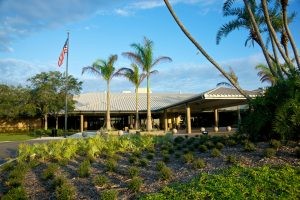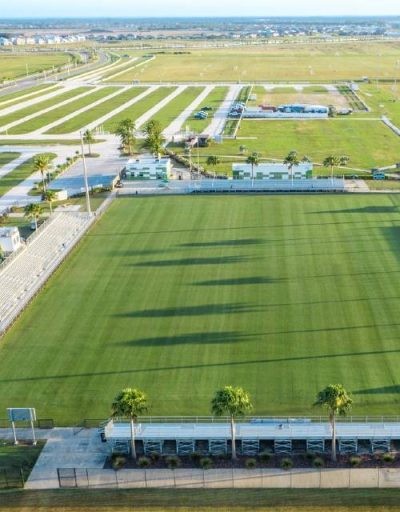Hike Along the Bradenton Area’s History Trail
As the proud home to Sarasota Bradenton International Airport, the fastest growing airport in the U.S., the Bradenton Area’s future is as bright as the sun reflecting off the white sand beaches of Anna Maria Island. The area’s past, however, can shine a light on how this vibrant community came to be. This history trail will take you from coastline to riverside, outlining the intricate history of the Bradenton Area and Anna Maria Island. Here are our top historical spots to add to your itinerary.
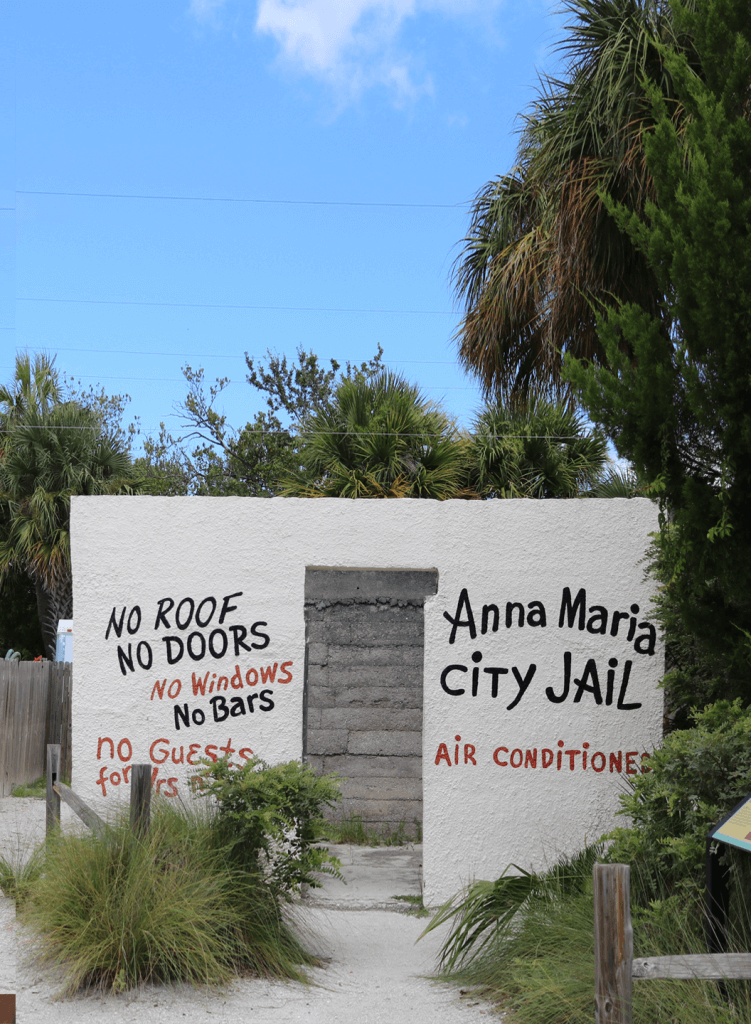
Stop 1: Anna Maria Island Historical Society
AMI is more than its sugar sand beaches; it’s packed with a quirky history befitting the seven-mile island. Its allure as a tourist destination dates to its origins as visitors from St. Petersburg and Tampa would reach the island the only way possible then – by steamboat. In that same seafaring spirit, visitors can now utilize the Gulf Islands Ferry as a multi-modal form of transport to the island. For more on the history of the island, the Anna Maria Island Historical Society is a volunteer-run historical time capsule filled with turn of the century beach wear, relics and simple treasures from long ago. For an ideal photo op, stop by the Anna Maria City Jail (yes, it was actually the real jail for the city), a popular stop for travelers visiting the island.
Stop 2: Cortez Fishing Village/Florida Maritime Museum
At the Florida Maritime Museum in Cortez, water is just as thick as blood. Fishing and maritime culture is part of the lifeblood of the neighboring Cortez Fishing Village, believed to be one of the oldest, continuously operated fishing villages in the state. Striped Mullet, or “jumpin’ mullet” helped hook settlers from Carteret County, North Carolina to make the journey south. The fishing village is still in operation as generations of fishermen have worked these local waterways for over a 100 years. Let your mind float as it sails through the exhibits and artifacts of Florida’s fishing and maritime heritage. Even the facility is a history lesson in itself – it began in 1912 as a one-room schoolhouse. The Maritime Museum’s events calendar is a treasure in itself, learn trades like how to read navigational maps while visiting. The Cortez Fishing Village is one of the few remaining “working waterfronts” on Florida’s West Coast. What better way to fully experience Cortez than eating its cuisine! Several restaurants are located here, serving the freshest seafood around.
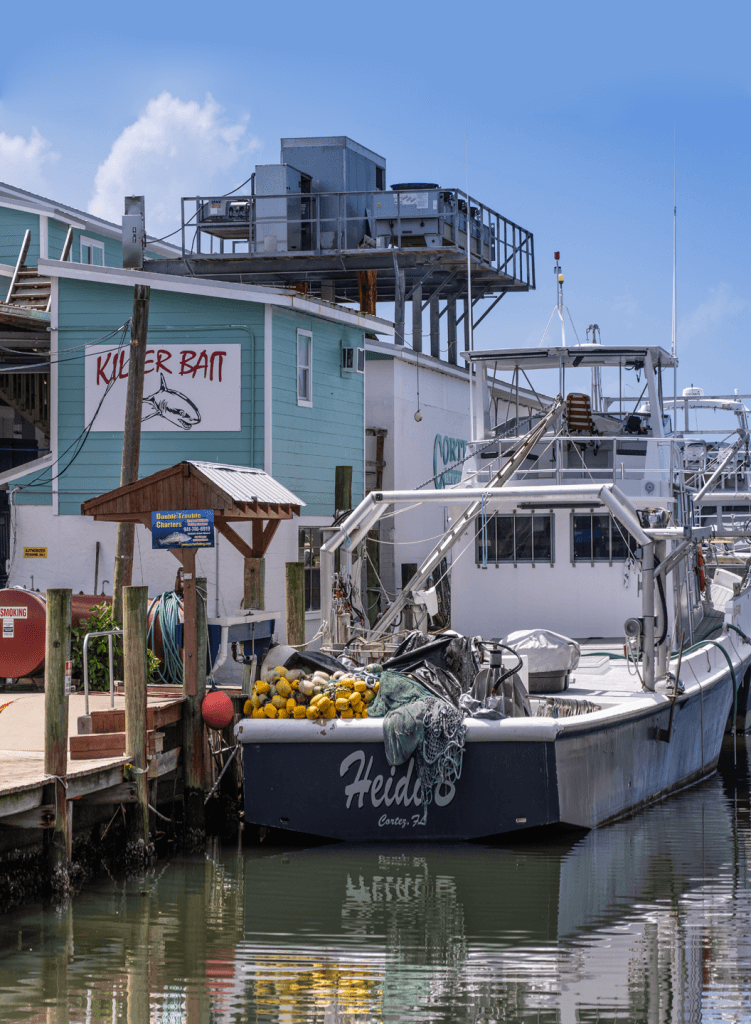
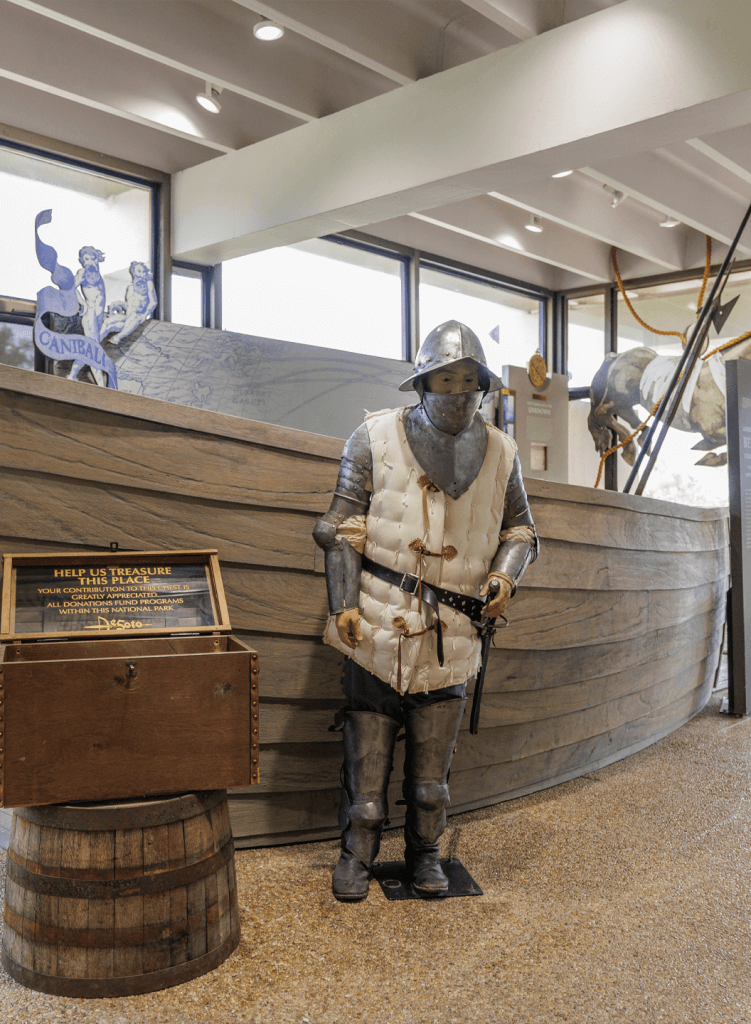
Stop 3: De Soto National Memorial
Leave the barrier island and bear witness to the treasures of the mainland, much like explorers did some 500 years ago. At the De Soto National Memorial Park, visitors can be transported back in time to Spanish Conquistador Hernando de Soto’s 1539 expedition. De Soto wasn’t greeted with open arms after his four-year, four-thousand-mile mercenary mission. The indigenous people protected their homes. History comes alive thanks to the U.S. National Park Service, with authentic reenactments and interactive displays from that 16th century encounter. De Soto is just one of 11 National Parks in Florida.
Stop 4: The Bishop Museum of Science and Nature
Downtown, the Bishop Museum of Science and Nature makes a mammoth impression as you enter: A full-size mastodon is the 76-year-old museum’s unofficial greeter. You won’t find any bones to pick with the first floor exhibits as indigenous fossils and archaeological tools and artifacts from Paleo-Indian, Archaic and pre-contact cultures are preserved. Several of the museum’s exhibits serve as a Floridian time machine, whisking onlookers away to accurate recreations of the lives of early settlers as well as keepsakes from the middle of the 20th century.
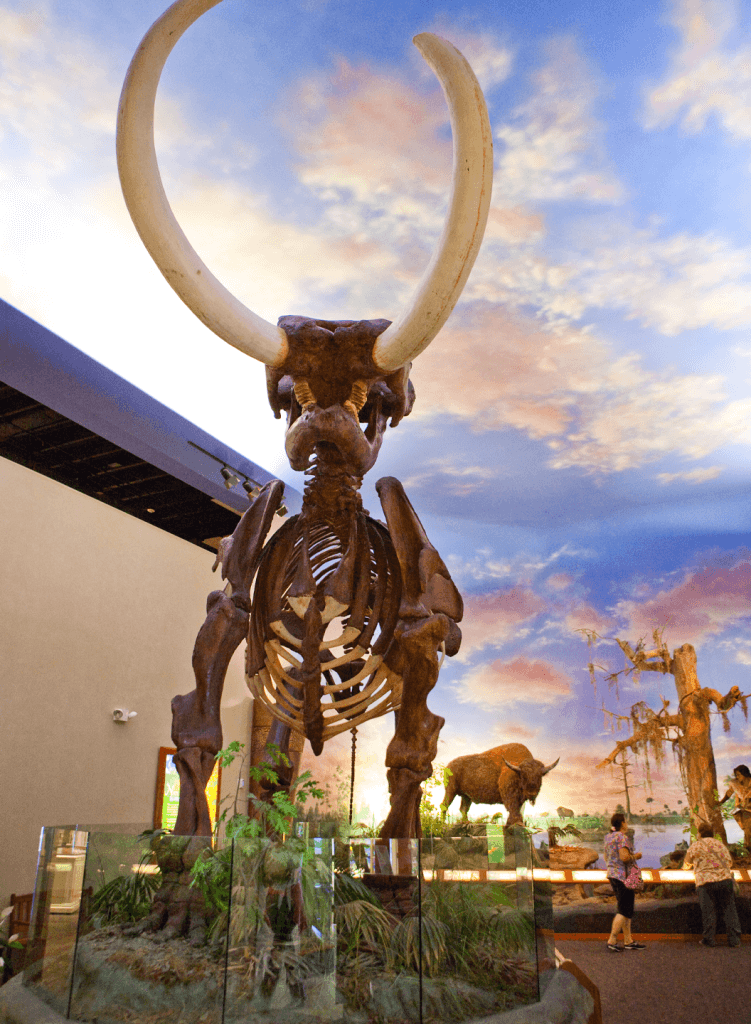
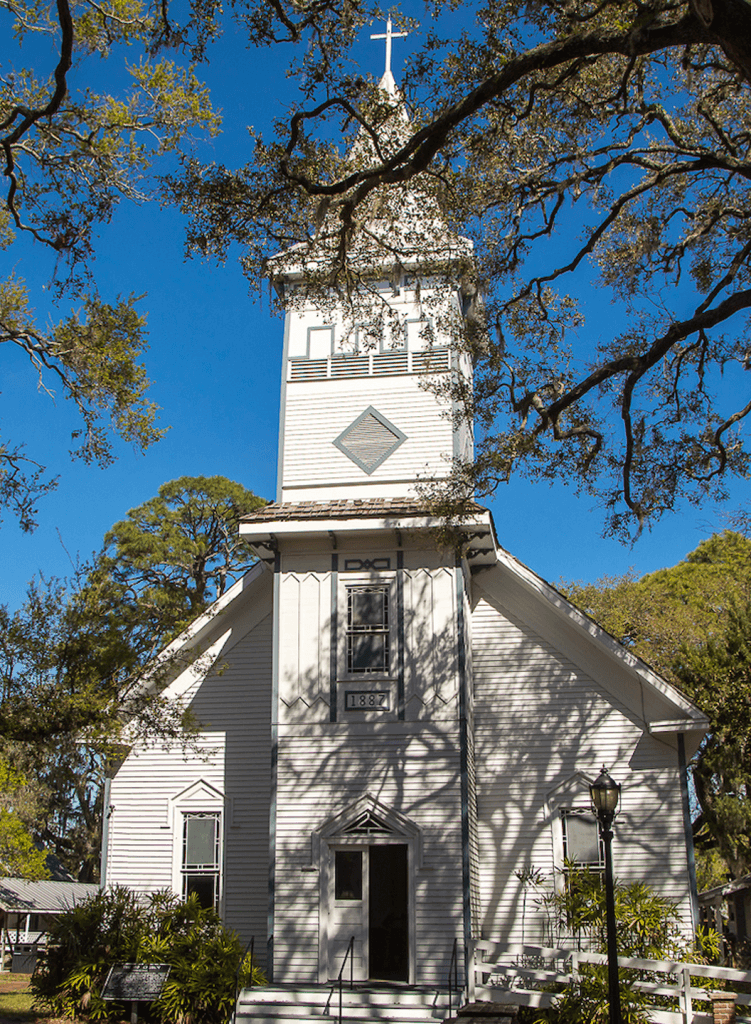
Stop 5: Manatee Village Historic Park
Time travel east to the Manatee Village Historical Park. In fact, several buildings that comprise the village traveled to their current home beginning in 1974. More than a dozen structures comprise the park, including the 1887 Church. Here, you’ll learn about the opposite of glamping – roughing it like the Gates family, the founding family of the Village of Manatee, did in the 1850s. Admission is free. The knowledge is priceless.
Stop 6: Angola Archaeological Site
While no edifice stands to signify its existence, Angola built a legacy that remains to this day. Angola was a Maroon (former enslaved Africans who formed their own settlements) community on the banks of the Manatee River in existence until 1821. The annual Back to Angola festival celebrates the rich ancestry and culture of descendants of this once thriving community. The festival happens each October at the Manatee Mineral Spring Park.
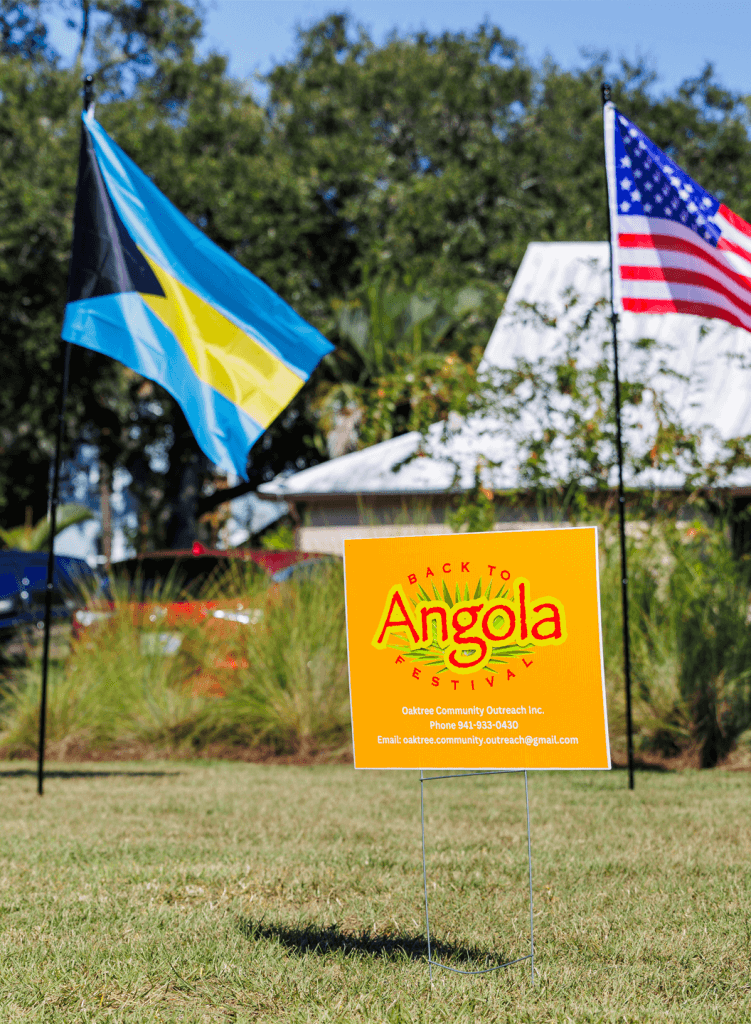
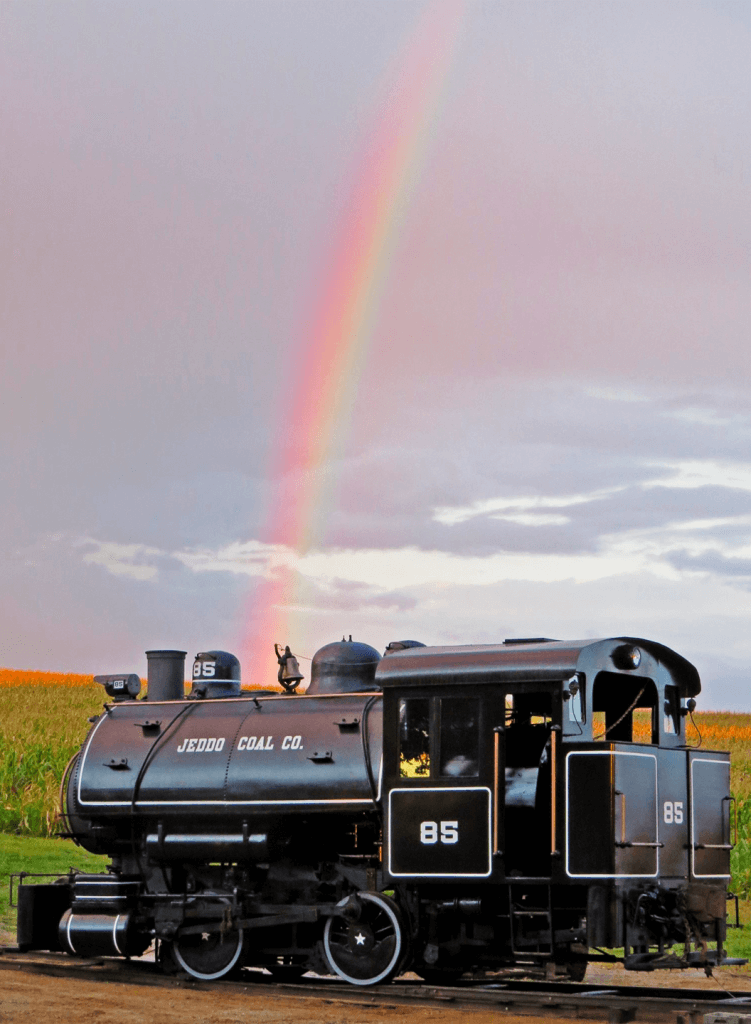
Stop 7: Florida Railroad Museum
This history trail makes its final stop on the rail. Florida’s tie to the railroads (pun intended) date to the 1860s, but didn’t really start gaining steam until after the Civil War. Go east to Parrish, the home of the Florida Railroad Museum where it’s encouraged you ride the exhibits on a six-mile stretch in rural Manatee County. Each weekend, the diesel-powered fleet makes a steamy stop to the past, allowing travel to ride passenger cars from as old as 1921.



